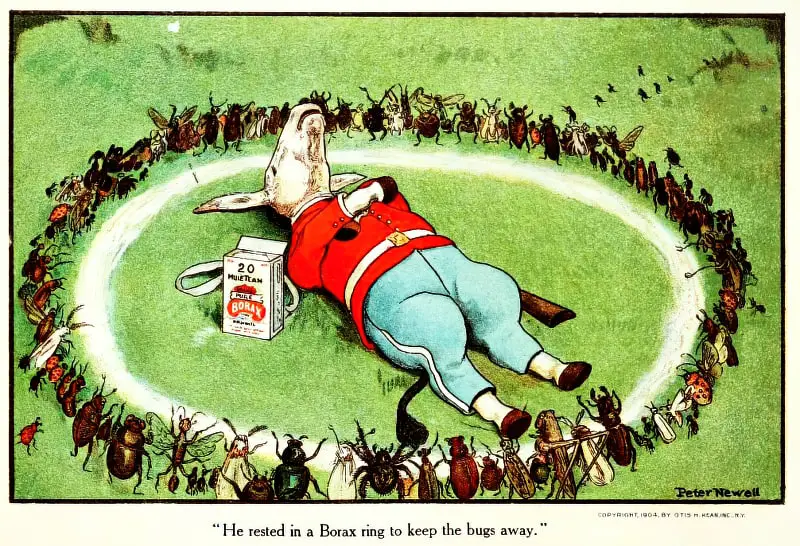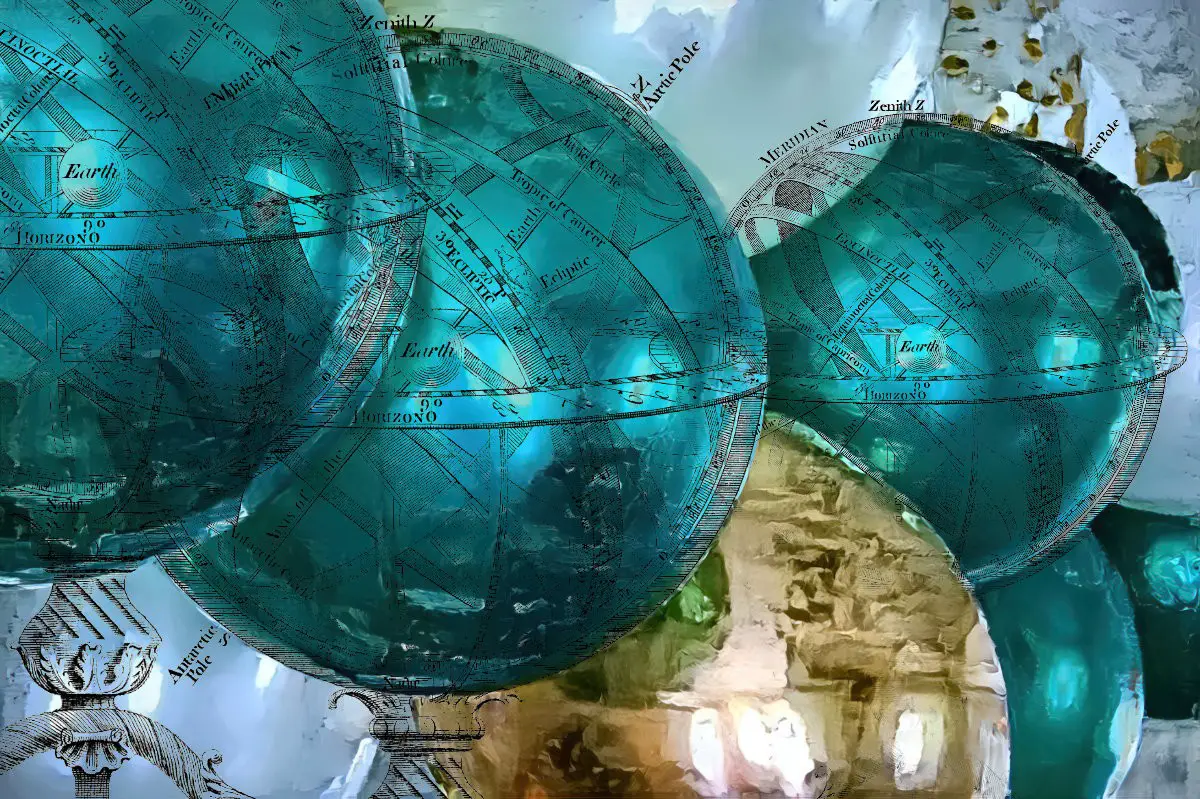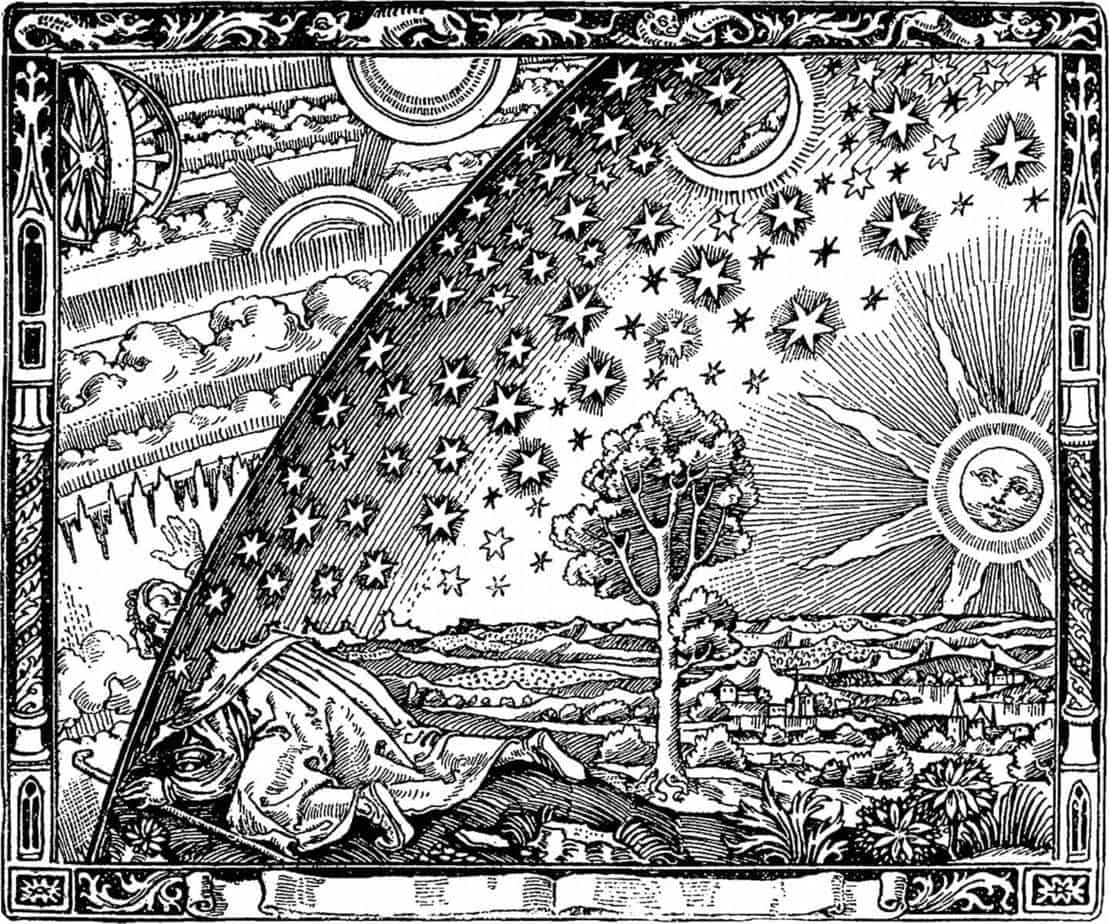

Cara is joined in studio by physicist, oceanographer, and BBC television presenter Dr. Helen Czerski. They talk about the science of bubbles, the current science landscape in broadcast television, and Helen’s wonderful new book, “Storm in a Teacup: The Physics of Everyday Life,” in which she explores the foundational physics surrounding us in the simplest everyday objects and experiences.


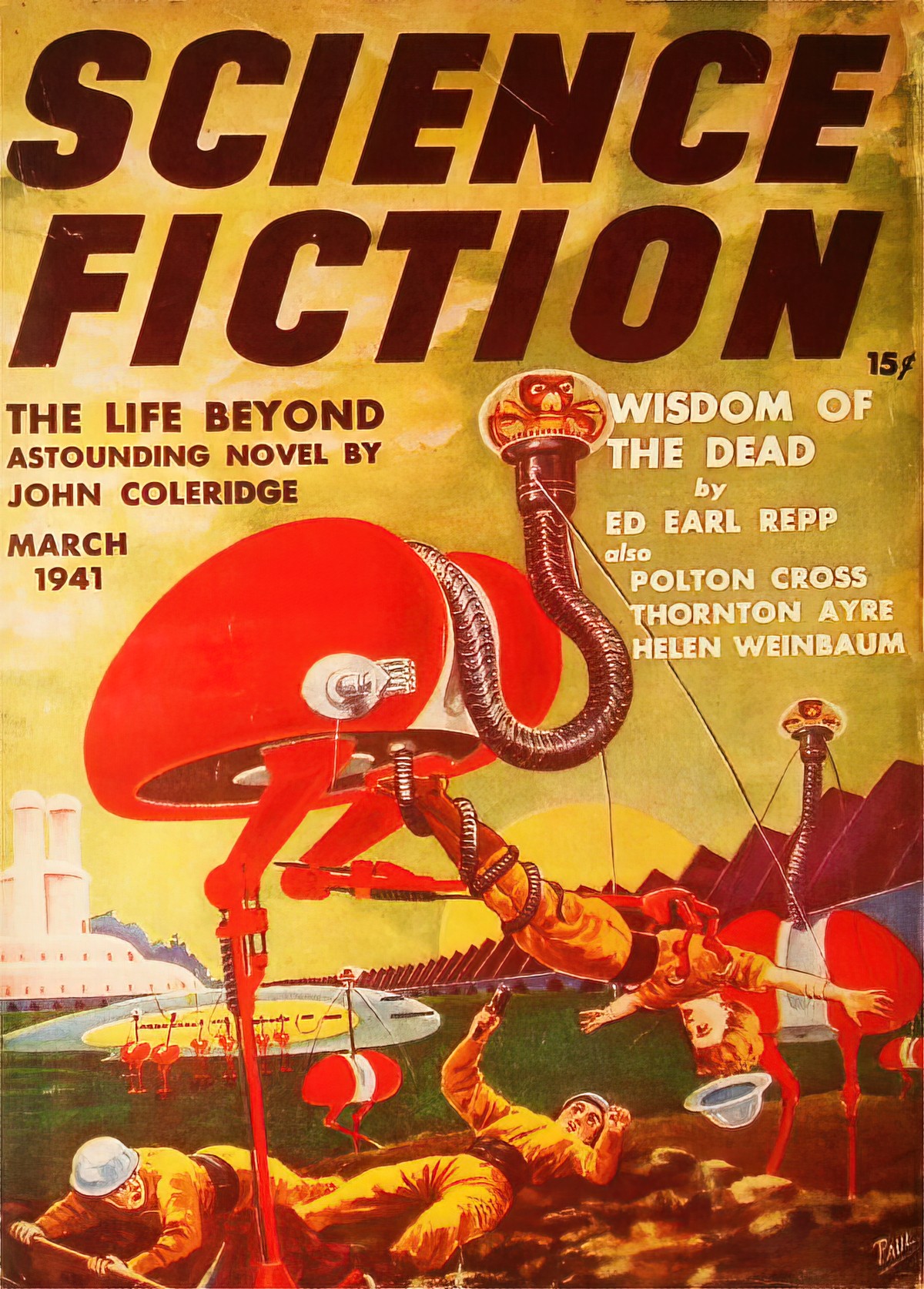
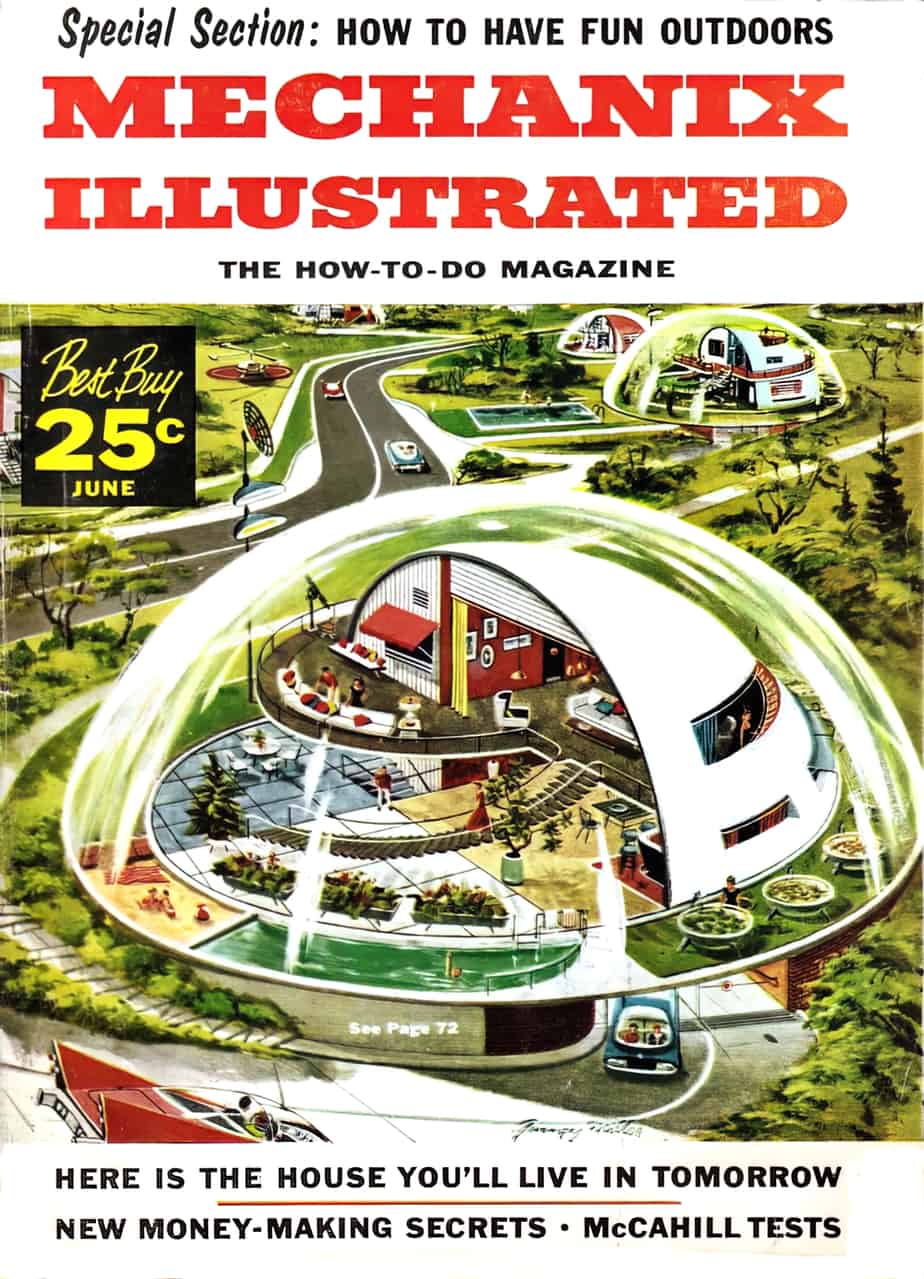
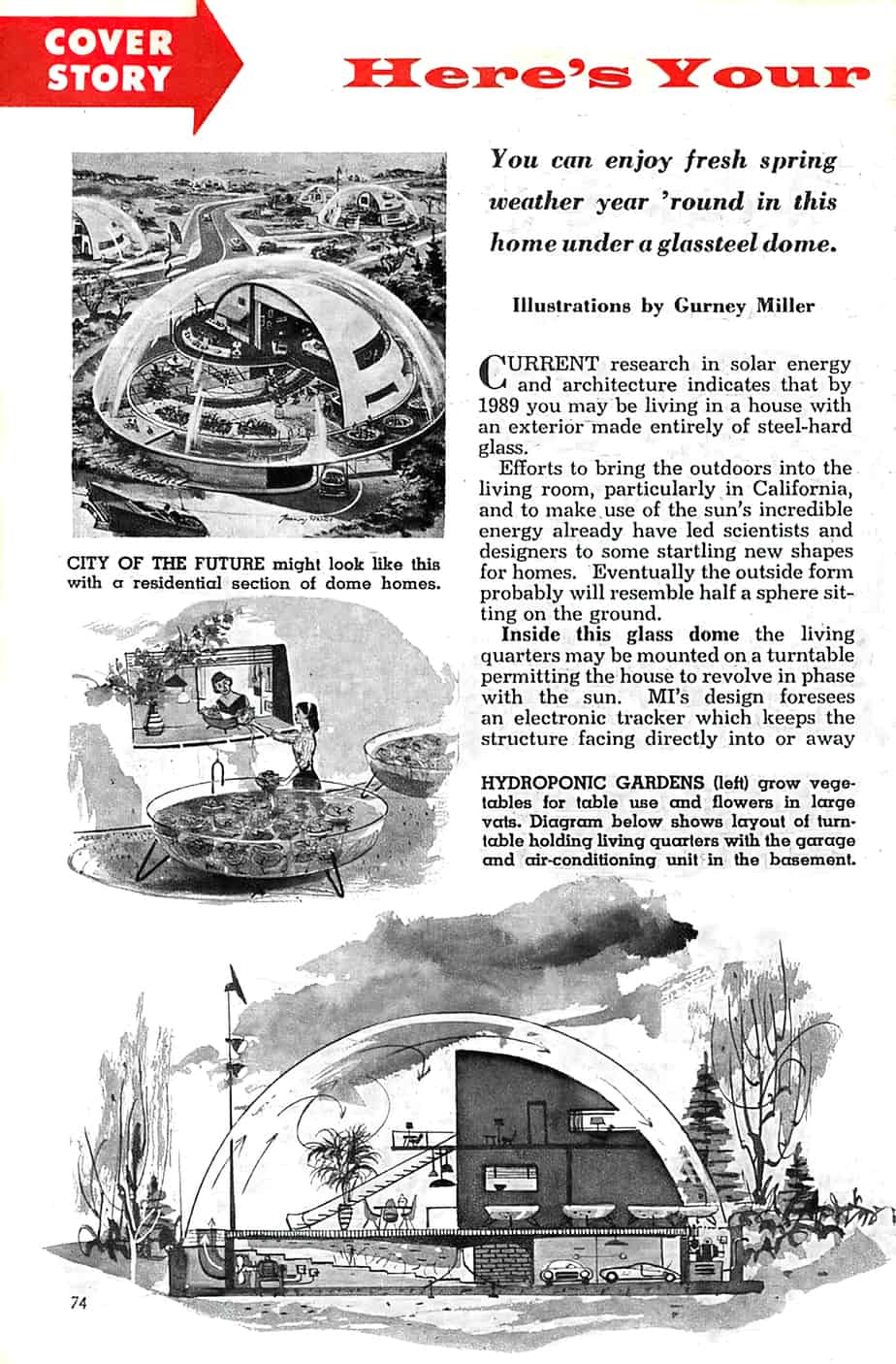
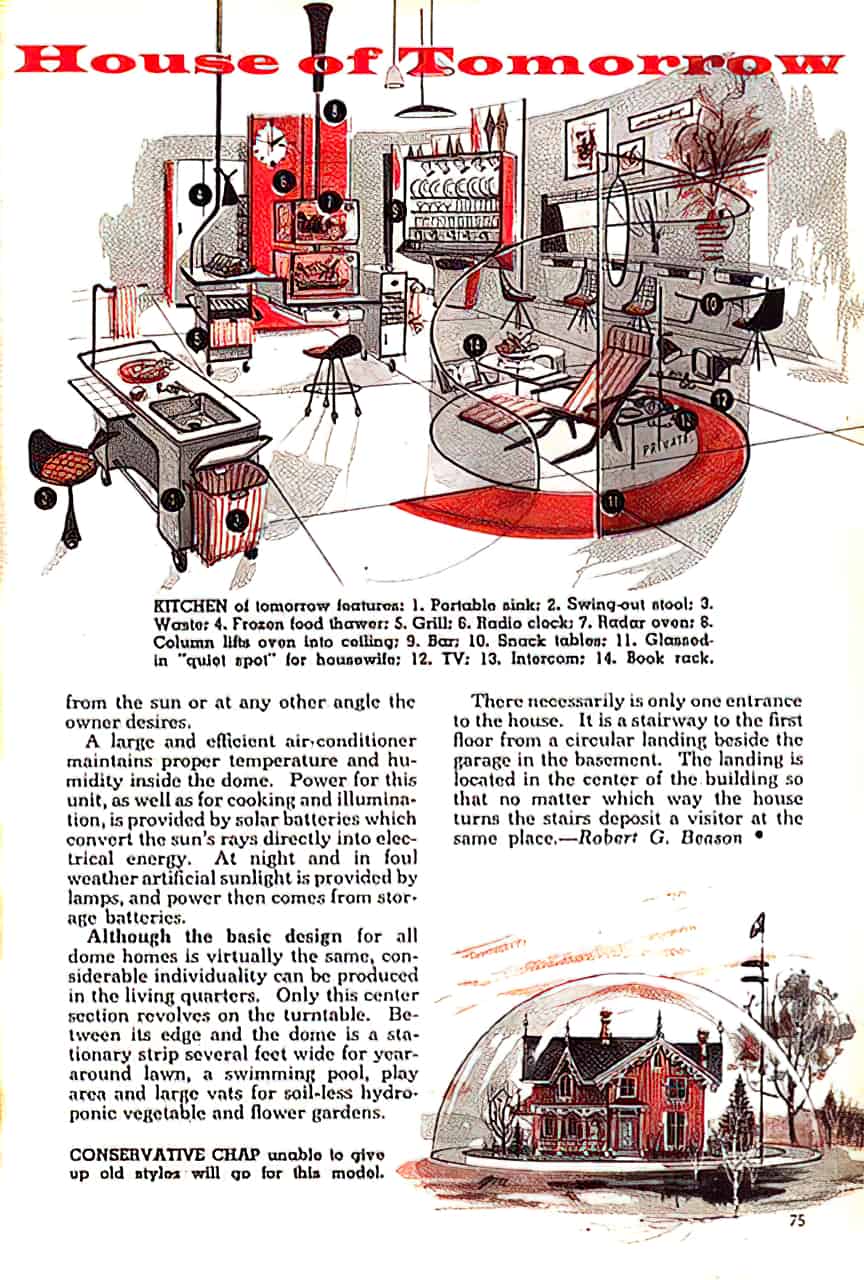
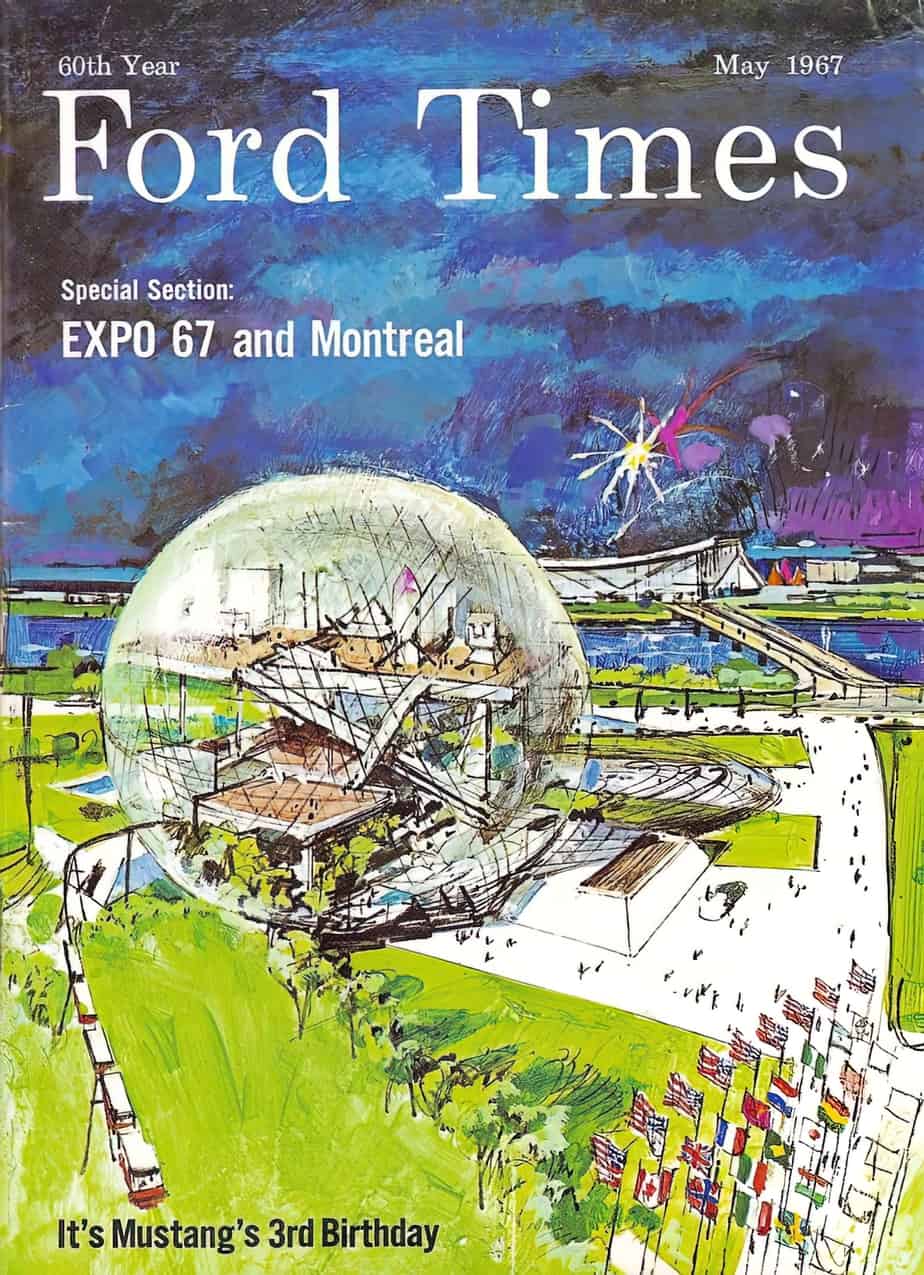
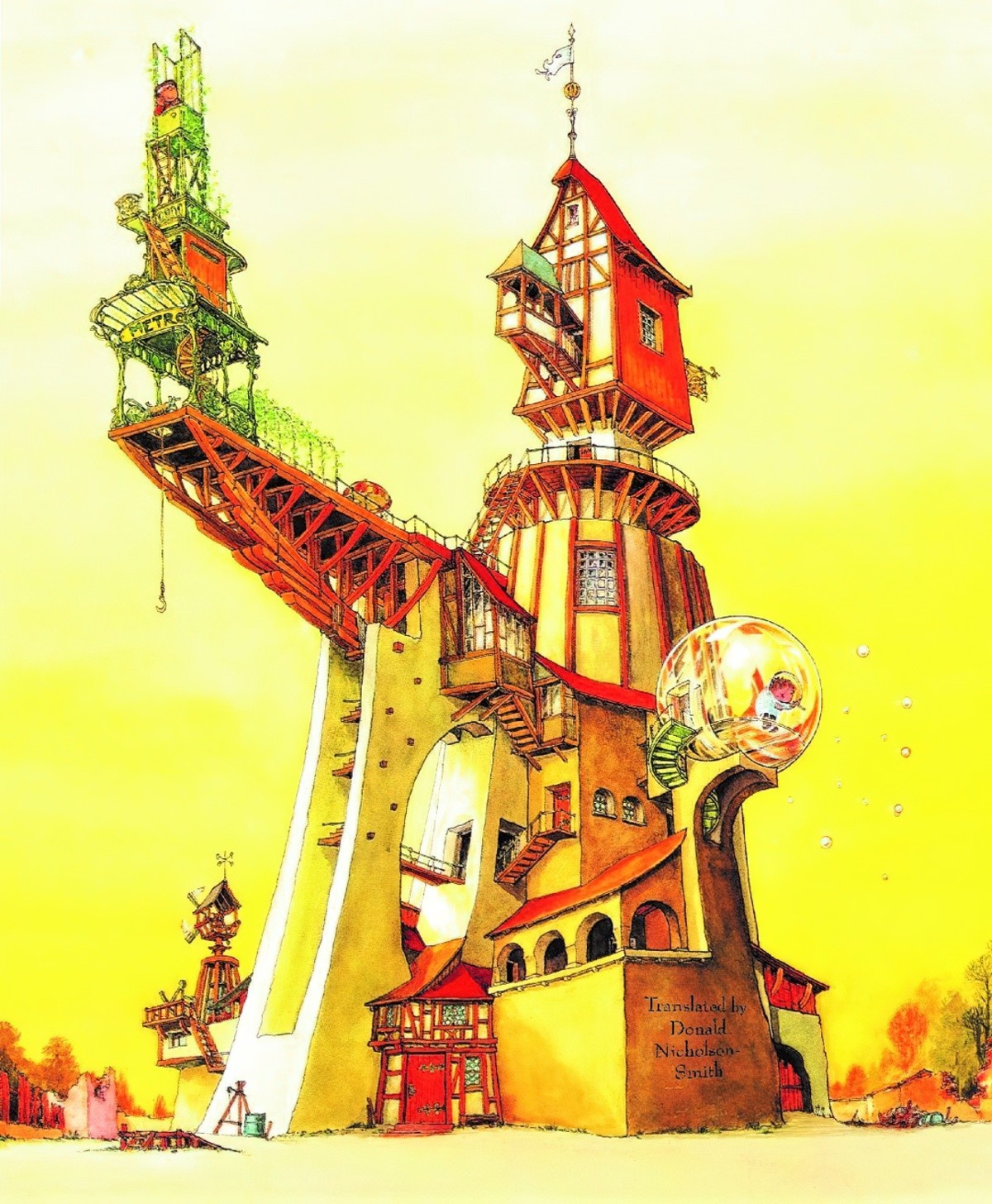
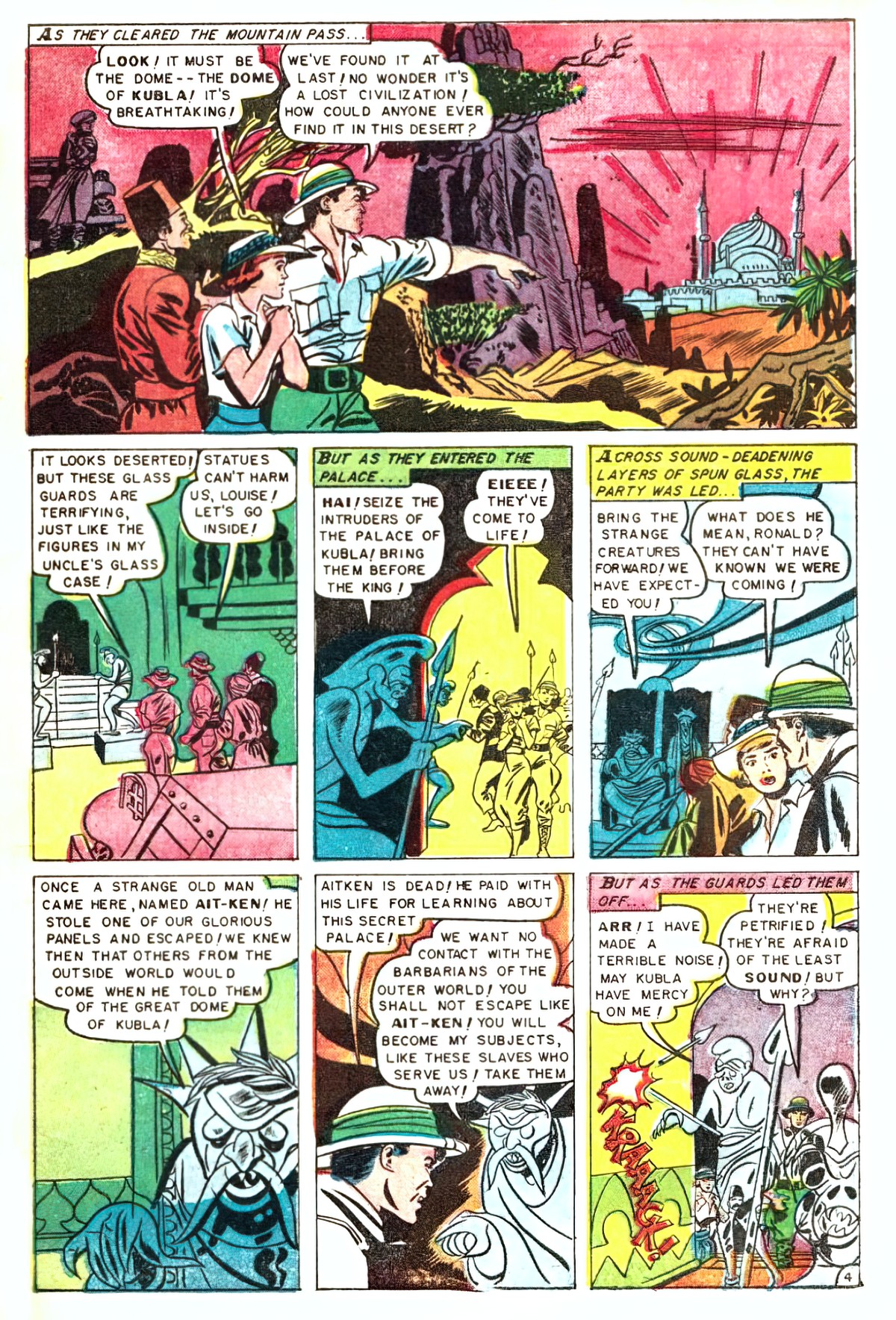
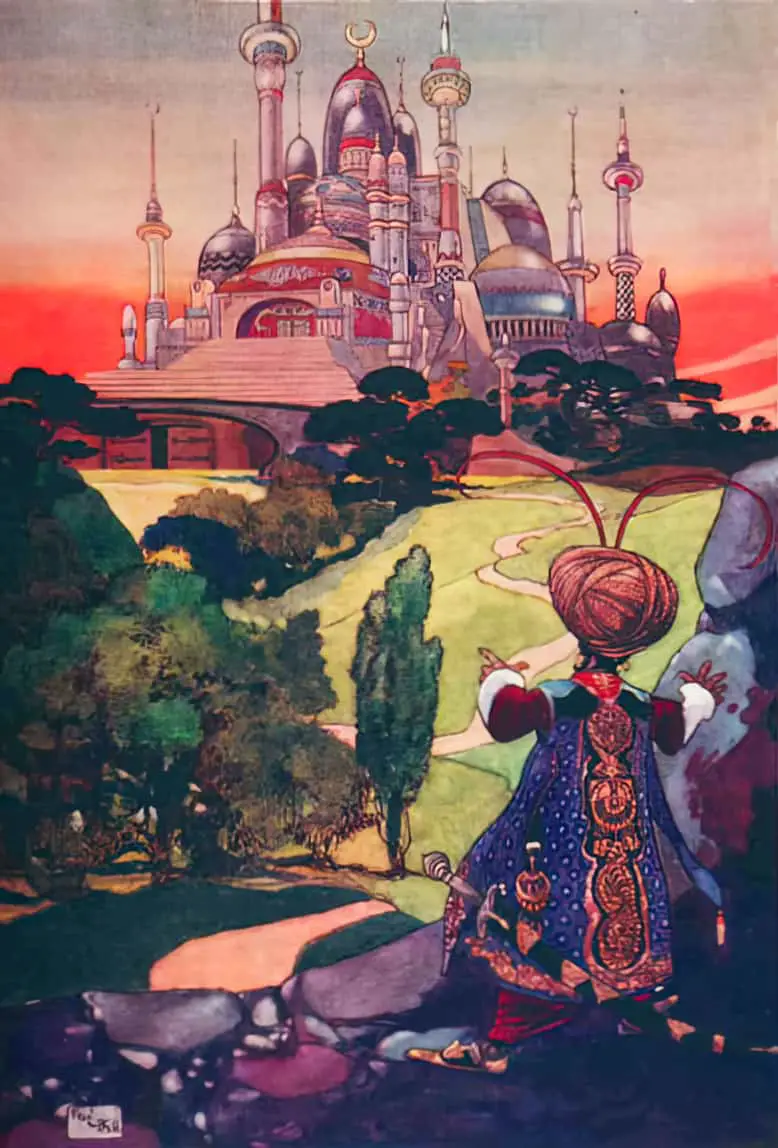
Beautiful young women inside domes and bubbles is a whole thing.
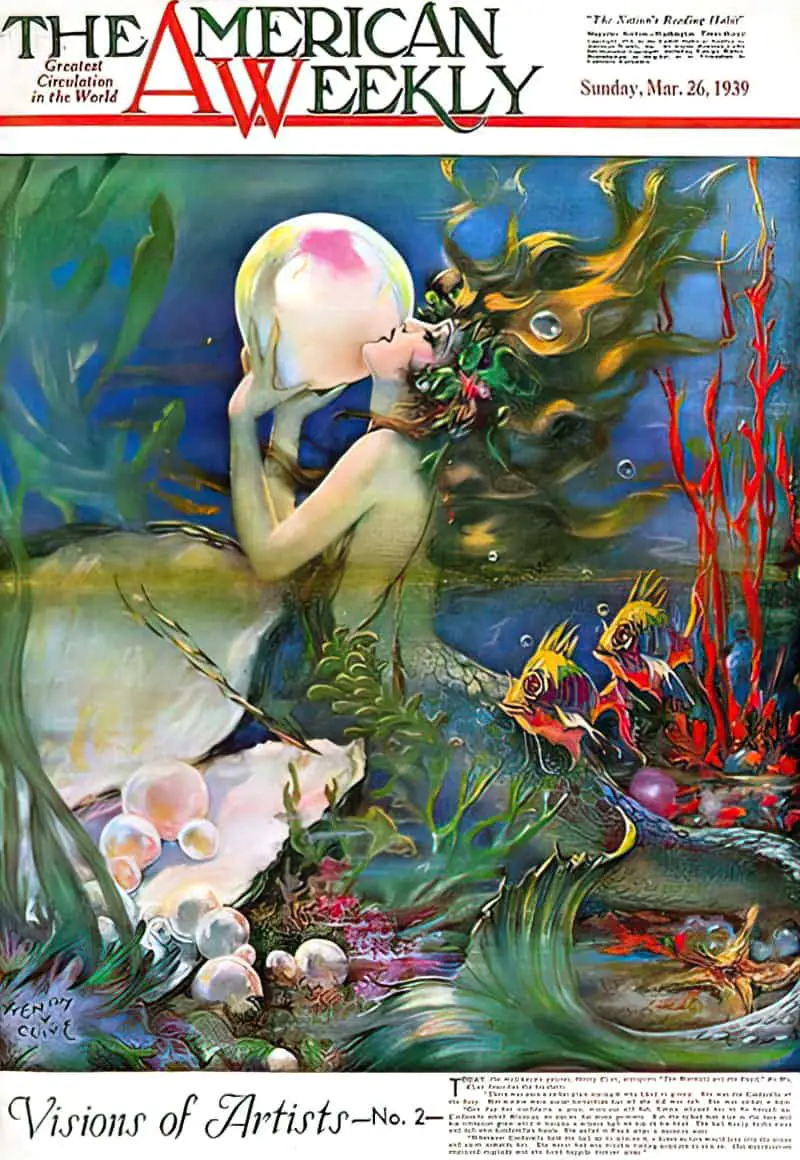
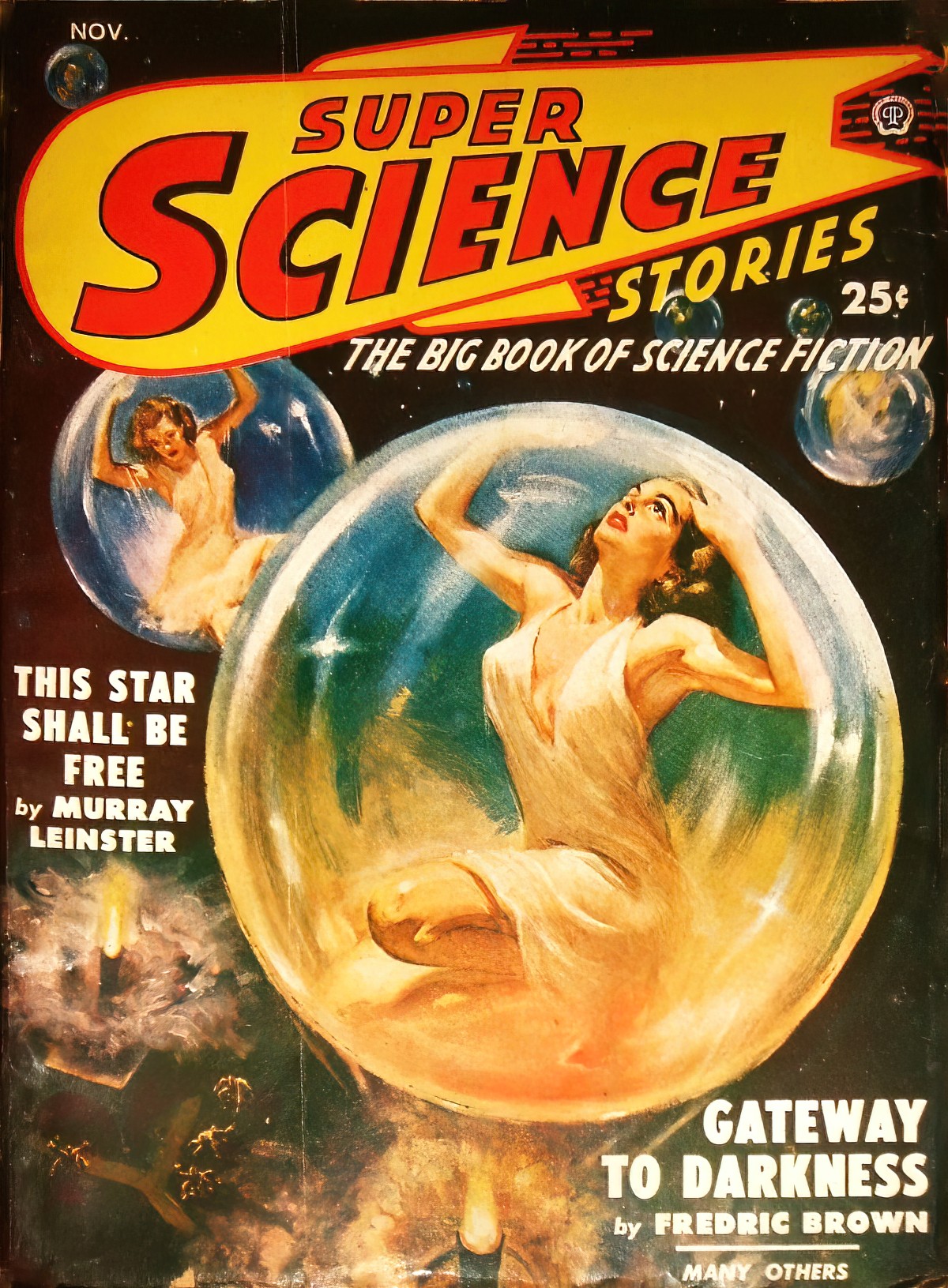
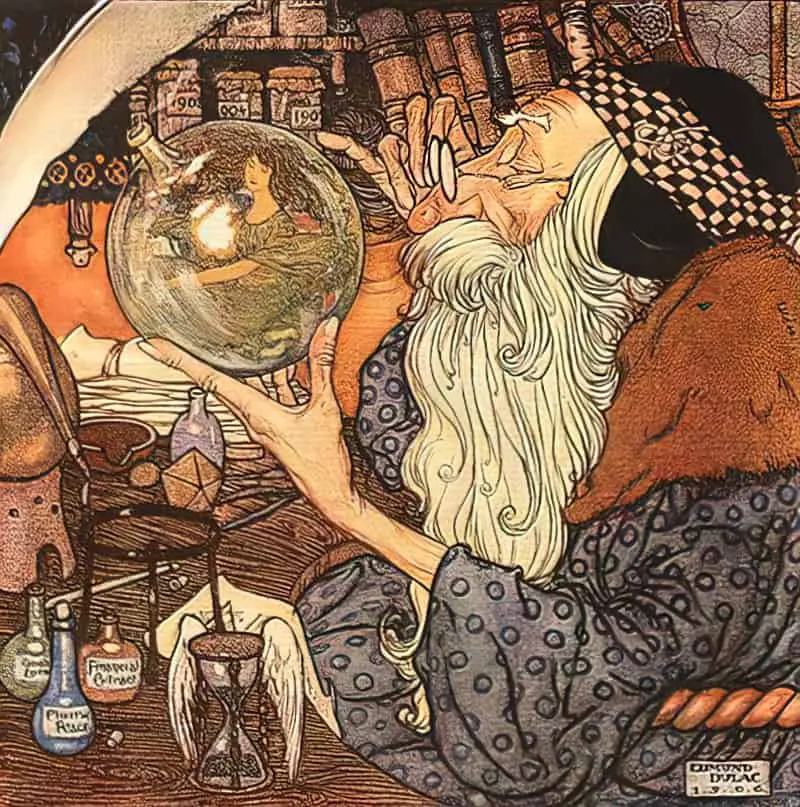

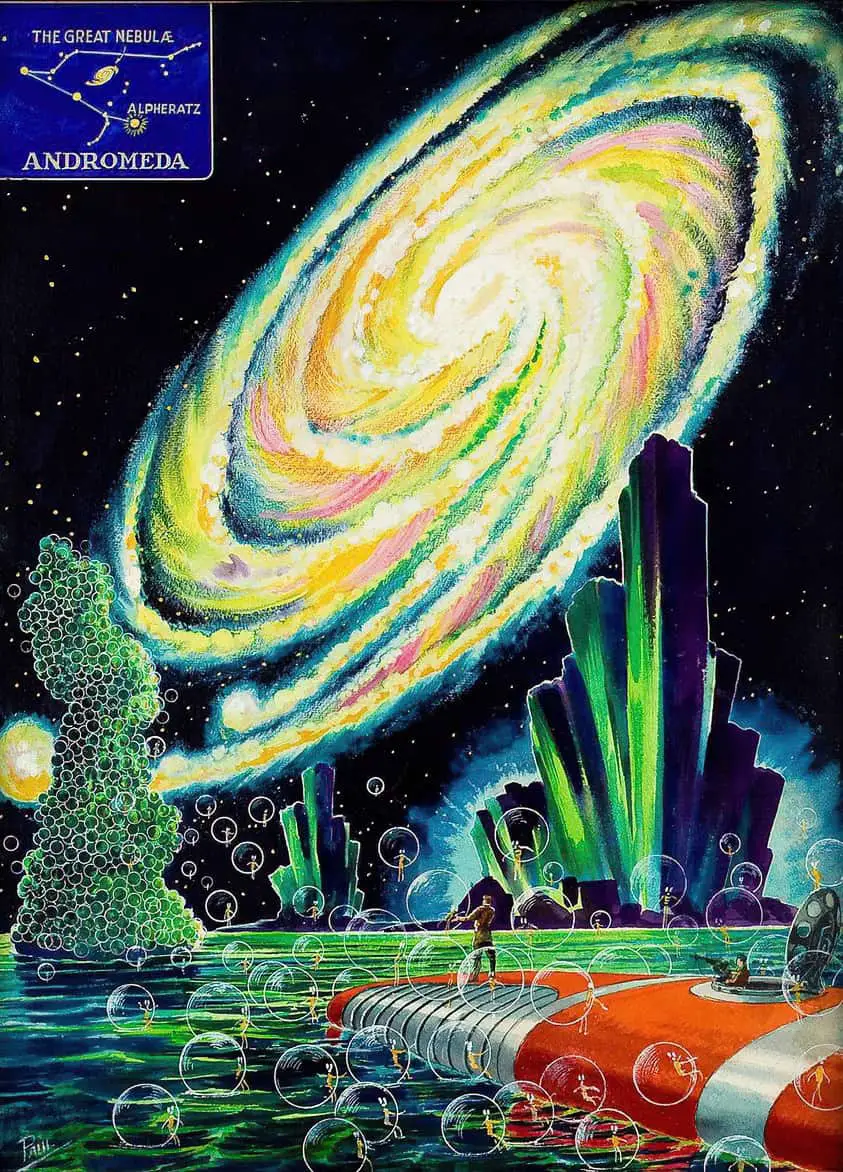
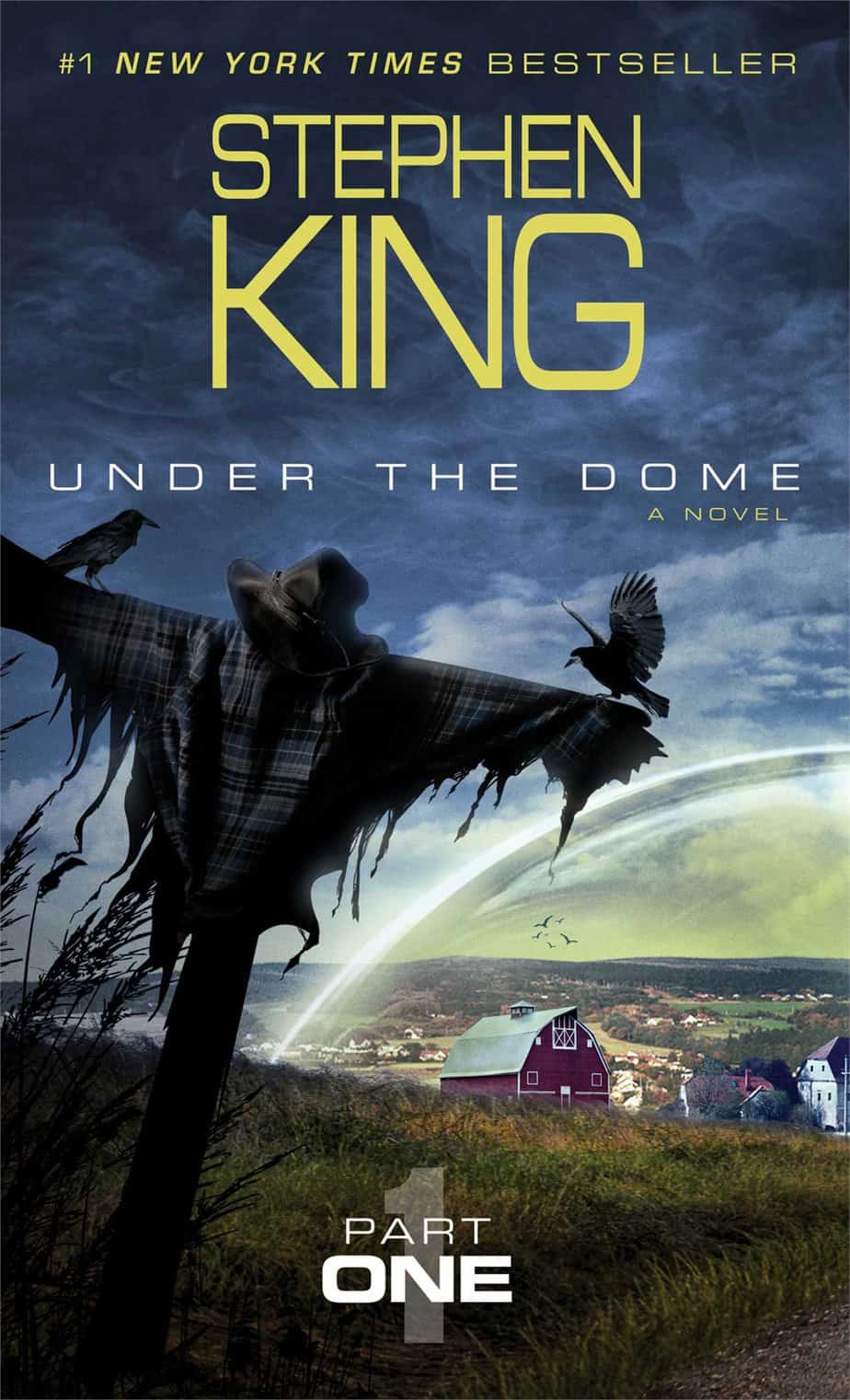
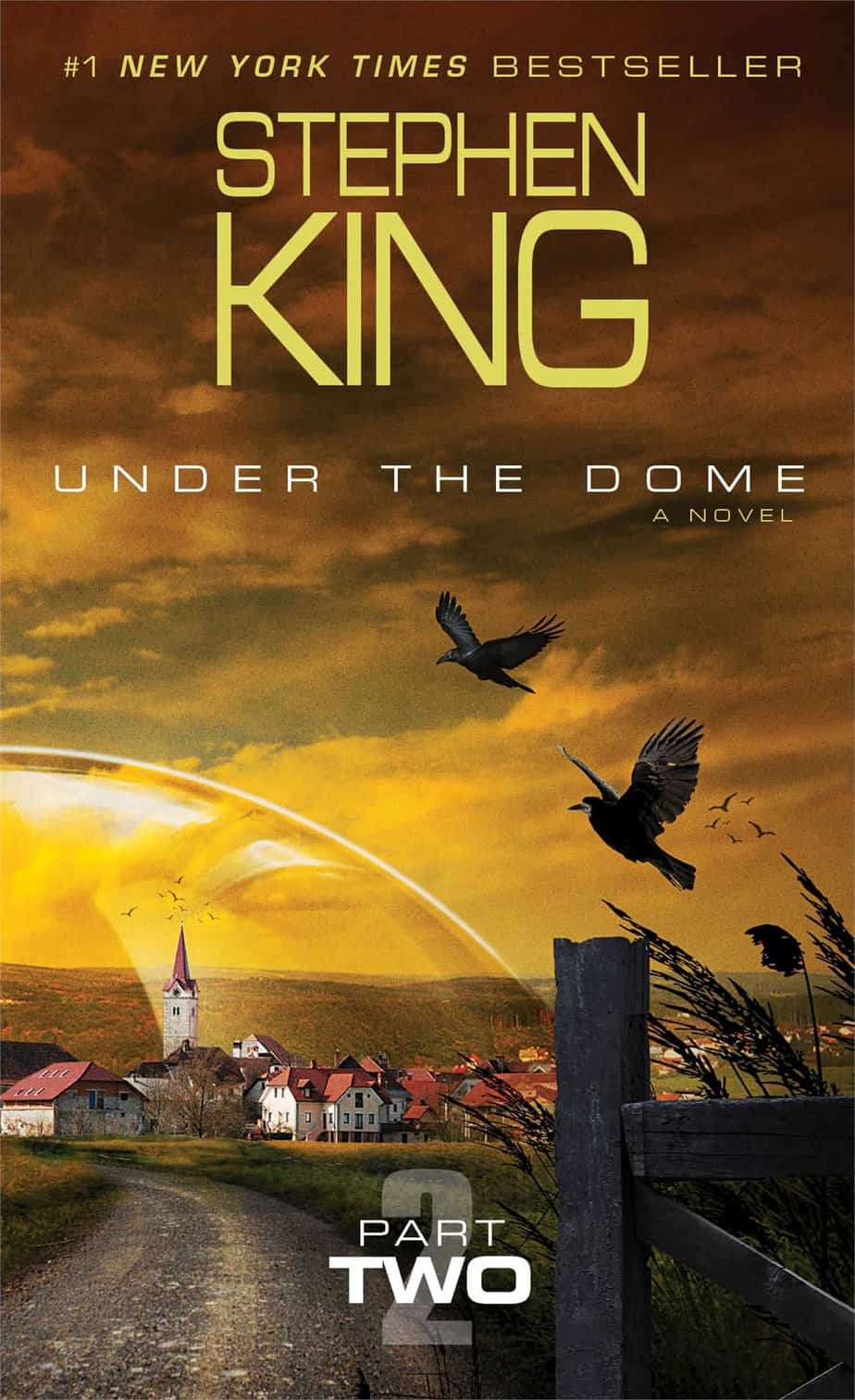
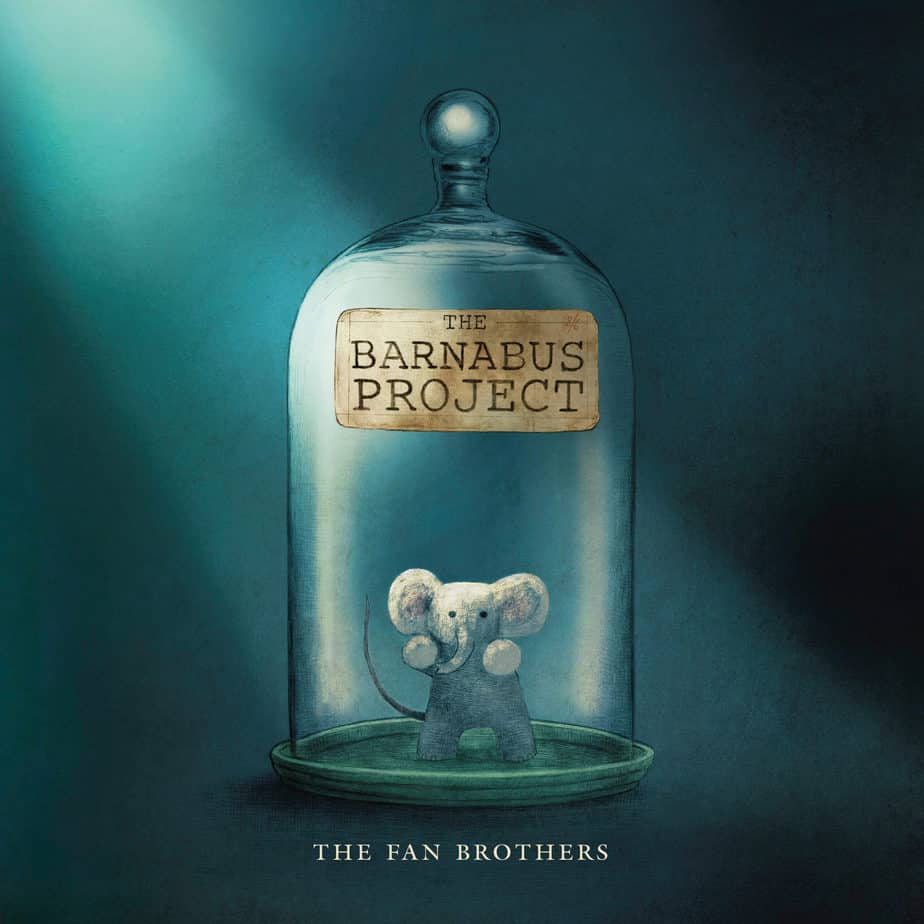

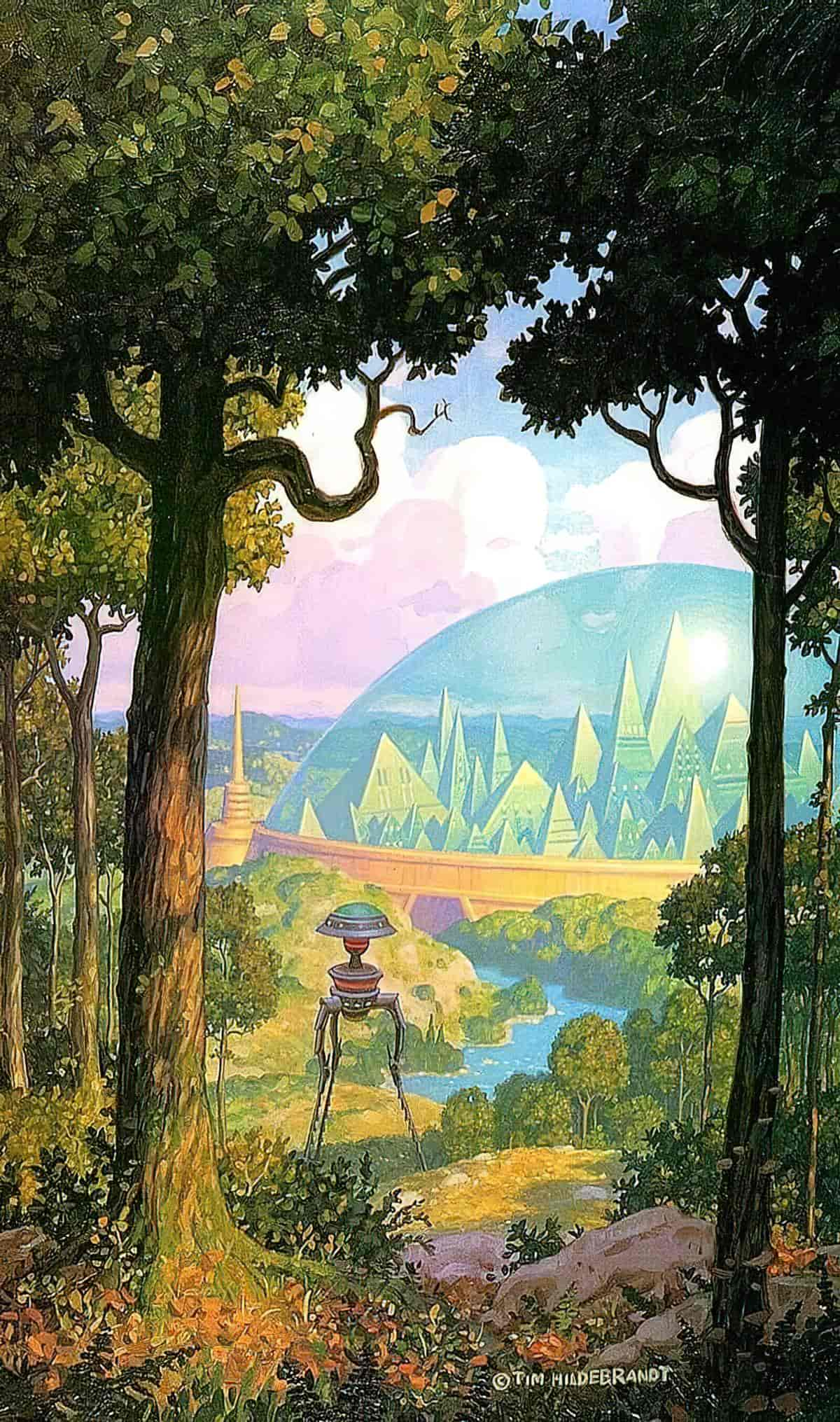
Coraline by Neil Gaiman makes use of a snow globe as a symbol.
There was nothing in this room to distinguish it—merely the floor of thin mud which was everywhere present. Wondering whether this part of the building had any roof, I repeated my experiment with an upward-flung handful of mud, and found at once that no covering existed. If there had ever been one, it must have fallen long ago, for not a trace of debris or scattered blocks ever halted my feet. As I reflected, it struck me as distinctly odd that this apparently primordial structure should be so devoid of tumbling masonry, gaps in the walls, and other common attributes of dilapidation.
What was it? What had it ever been? Of what was it made? Why was there no evidence of separate blocks in the glassy, bafflingly homogeneous walls? Why were there no traces of doors, either interior or exterior? I knew only that I was in a round, roofless, doorless edifice of some hard, smooth, perfectly transparent, non-refractive, and non-reflective material, an hundred yards in diameter, with many corridors, and with a small circular room at the centre. More than this I could never learn from a direct investigation.
I now observed that the sun was sinking very low in the west—a golden-ruddy disc floating in a pool of scarlet and orange above the mist-clouded trees of the horizon. Plainly, I would have to hurry if I expected to choose a sleeping-spot on dry ground before dark. I had long before decided to camp for the night on the firm, mossy rim of the plateau near the crest whence I had first spied the shining crystal, trusting to my usual luck to save me from an attack by the man-lizards. It has always been my contention that we ought to travel in parties of two or more, so that someone can be on guard during sleeping hours, but the really small number of night attacks makes the Company careless about such things. Those scaly wretches seem to have difficulty in seeing at night, even with curious glow-torches.
Having picked out again the hallway through which I had come, I started to return to the structure’s entrance. Additional exploration could wait for another day. Groping a course as best I could through the spiral corridor—with only general sense, memory, and a vague recognition of some of the ill-defined weed patches on the plain as guides—I soon found myself once more in close proximity to the corpse. There were now one or two farnoth-flies swooping over the helmet-covered face, and I knew that decay was setting in. With a futile instinctive loathing I raised my hand to brush away this vanguard of the scavengers—when a strange and astonishing thing became manifest. An invisible wall, checking the sweep of my arm, told me that—notwithstanding my careful retracing of the way—I had not indeed returned to the corridor in which the body lay. Instead, I was in a parallel hallway, having no doubt taken some wrong turn or fork among the intricate passages behind.
Hoping to find a doorway to the exit hall ahead, I continued my advance, but presently came to a blank wall. I would, then, have to return to the central chamber and steer my course anew. Exactly where I had made my mistake I could not tell. I glanced at the ground to see if by any miracle guiding footprints had remained, but at once realised that the thin mud held impressions only for a very few moments. There was little difficulty in finding my way to the centre again, and once there I carefully reflected on the proper outward course. I had kept too far to the right before. This time I must take a more leftward fork somewhere—just where, I could decide as I went.
“In the Walls of Eryx”, Weird Tales Magazine, 1939
